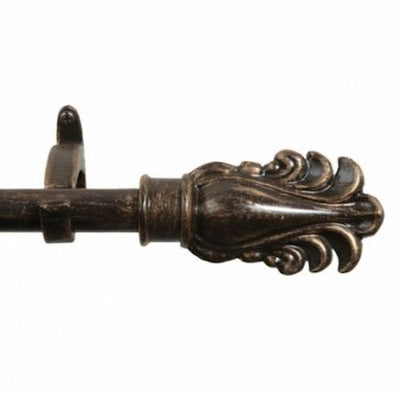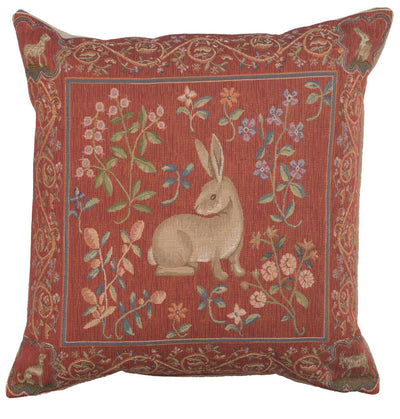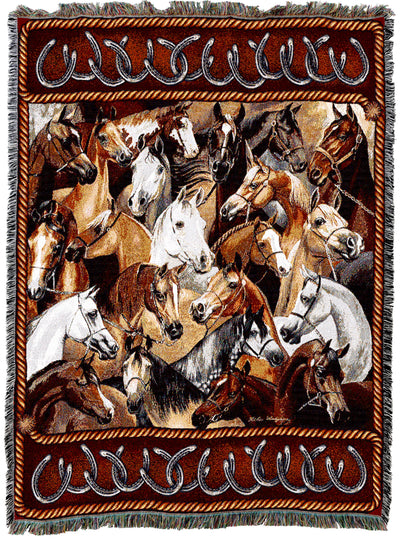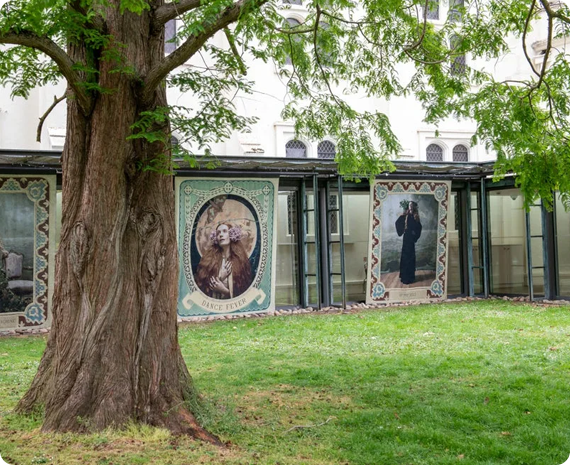Woven Wall Art vs. Macramé: What’s the Difference?
The wall art in your home stands out as an essential element, and among the numerous options available, woven wall art and macramé are two of the most popular. Both of these have gained popularity for their exceptional ability to add texture, warmth, and an artisanal touch to any space. Though both are handcrafted textile art forms, they do differ significantly in their techniques, materials, and aesthetics.
In this guide, we will understand the major differences that can help you choose the style that best complements your home décor and personal taste.
Key Differences Between Woven Wall Art and Macramé
Technique and Crafting Methods
Woven wall art is created through the process of weaving, which involves interlacing two sets of threads or yarns at right angles. The vertical threads, called the warp, are held taut on a loom, while the horizontal threads, called the weft, are woven over and under the warp threads in various sequences. This method allows for various intricate patterns to form and can incorporate multiple colors as well as textures. Weaving can be done on large looms for rugs or tapestries, or smaller handheld looms specifically for wall hangings.
On the other hand, Macramé is a knotting technique that does not require a loom. It involves tying cords or ropes into decorative knots and forming patterns. Some popular ones include the square knots, half hitch knots, and lark’s head knots. This knotting creates a fabric-like structure with an open, airy, and often fringed look. Macramé artists can use various knotting patterns to develop complex and sculptural designs, frequently incorporating beads or other decorative elements. Its handmade charm makes it a popular choice in tapestry wall decor, especially for those who value artisanal touches in their interiors.
Materials Used
Woven Wall Art typically uses thinner yarns or threads made of wool, cotton, silk, or synthetic fibers. The use of different thicknesses, fibers, and colors in the warp and weft threads allows for the creation of various textures and patterns. Some woven pieces may also include metallic threads, ribbons, or natural fibers like jute or hemp to add more dimension.
In contrast, Macramé primarily uses thicker cords or ropes. Some common materials include cotton cord, jute, hemp, or synthetic macramé cord. Usually left natural, but some artists dyed or embellished the cords for an extra decorative touch, often complementing them with other textile pieces like artistic tapestry designs.
Patterns and Textures
You will find the woven wall art patterns arise from the interplay of warp and weft threads. Weavers can create various shapes, such as geometric shapes, abstract designs, stripes, and even pictorial scenes. The texture can vary from smooth and flat to highly textured and sculptural, depending on the yarn’s thickness and the weaving techniques used. Some woven art incorporates tufting, looping, or knotting for added tactile interest.
Whereas the macramé, due to its knotting nature, is characterized by repetitive knot patterns and fringes. The texture is more three-dimensional and sculptural compared to woven art. Macramé’s openwork patterns give it a lace-like or netted appearance. This tactile quality pairs beautifully with other soft furnishings like woven throw blankets, creating a layered atmosphere.
Visual Style and Aesthetic
Woven wall art often has a more polished look that appears modern or traditional, depending on the pattern and color palette. Its flat textile surface allows for detailed designs, making it a popular choice in tapestry wall displays. The versatility of woven art means it can enhance minimalist interiors or bring texture to boho, rustic, and eclectic spaces.
The aesthetics of Macramé are widely associated with bohemian and vintage style due to its tactile quality and use of natural fibers. It often conveys warmth and coziness, making it perfect for casual, earthy, and artistic interiors. The open, knotted structure gives macramé a lighter and more organic feel, which contrasts with the solid fabric look of woven pieces.
How to Choose Between the Two for Your Space
Have you ever wondered which textile art form would suit your interior best? Lets help you choose: -
-
If you want a modern or sophisticated look for your home, woven wall art with clean lines, geometric patterns, or monochrome palettes might be ideal.
-
For a cozy, boho, or natural vibe, macramé brings softness and visual interest with its tactile knots and fringes. It works beautifully in spaces that emphasize handmade crafts and natural materials. It can also be a better alternative to the traditional wall tapestry for adding warmth and personality.
-
Want your wall art to interact subtly with light? Woven pieces offer a smooth, flat surface that reflects illumination evenly, creating a crisp and polished appearance. Macramé, on the other hand, casts intriguing shadows through its textured knots, adding depth and visual movement to your space.
-
If durability and ease are your top priority, woven wall art generally maintains its shape over the years with minimal upkeep. The Macramé cords, on the other hand, can loosen or gather dust more easily, so they may need occasional gentle cleaning, especially if used in busy wall hanging decor areas.
Conclusion
Doesn't matter what you prefer, be it the refined elegance of woven designs or the tactile beauty of macramé, both forms elevate your décor with artistry and character. Each piece adds creativity, design and a personal touch that transforms ordinary walls into captivating focal points. By understanding these differences in technique, material, and visual impact, you can select a piece that not only beautifies your space but also tells a story of craftsmanship and creativity.
So, is it woven wall art or macramé for your home? Quality Tapestries will help you choose and style your perfect piece. Contact us today at 1-800-519-1976.
















